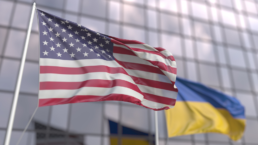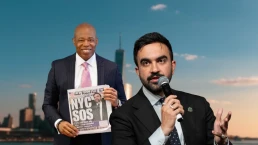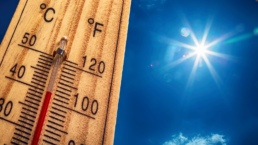Whatever plans Russia may have, conflict resolution greatly depends on the West.
By Andrei P. Tsygankov, Canadian Dimension
Western political and media circles are convinced that Russia has decided to invade Ukraine. They frequently speculate that the invasion will happen in late February, or earlier, because winter creates favourable conditions for Russian tanks and ground troops. US President Joe Biden announced that Russia’s invasion is now “imminent.” British Foreign Secretary Liz Truss accused Moscow of fomenting regime change in Kyiv. The United States, Britain, and Germany have already announced the evacuation of their diplomatic personnel from the Ukrainian capital.

Determined to stop Russia, Western nations regularly reveal new measures to punish Moscow should it choose to use force in Ukraine. The West promises new tough sanctions including those against Russian President Vladimir Putin. The US and NATO are also planning to put 8,500 troops on high alert and move them closer to Ukraine.
The contrast between the two sides’ positions could not be more revealing. Russia views its actions as a purely defensive response to increasingly offensive military preparations by NATO and Ukraine (according to Russia’s foreign ministry, half of Ukraine’s army, or about 125,000 troops, are stationed near the border). Instead of pressuring Ukraine to de-escalate and comply with the Minsk Protocol, however, Western nations continue to provide the Ukrainian army with lethal weapons and other supplies. The Kremlin fears an attack on the Donbas, the Russian-supported eastern separatist territory, by Kyiv. As a deterrent against possible military provocations, Russia has conducted military exercises and amassed 100,000 troops along the border.
Recent Posts
The Rage Of Billionaires And The Frenzy To Stop Zohran Mamdani From Becoming New York’s Mayor
June 30, 2025
Take Action Now The constellation of forces now regrouping with a vengeance includes titans of Wall Street, enormous real estate interests,…
It’s Not Just The Cities. Extreme Heat Is A Growing Threat To Rural America.
June 28, 2025
Take Action Now The urban heat island sits in a rural heat ocean.By Umair Irfan, Vox Summer has officially begun with a blast of scorching…
Mamdani’s Massive Victory Should Show Democrats Where The Party’s Future Lies
June 27, 2025
Take Action Now NYC mayoral candidate Zohran Mamdani has thrown the drowning Democratic Party a life vest. Will its leaders use it?By Sam…
India Walton’s Advice For Zohran Mamdani
June 26, 2025
Take Action Now “I think that for him, the race ’til November needs to be staying on message—we can’t start to water it down…




